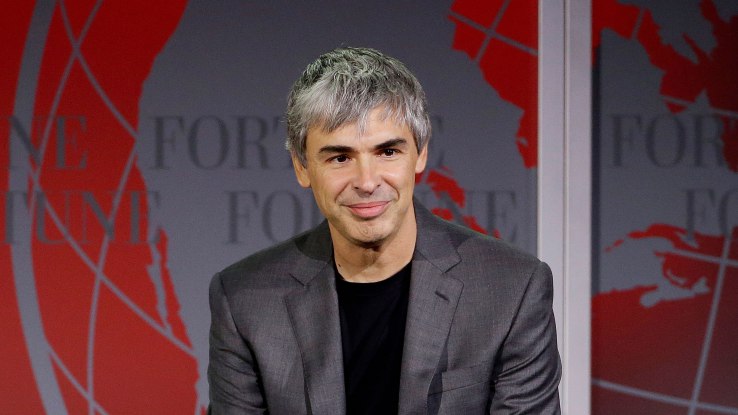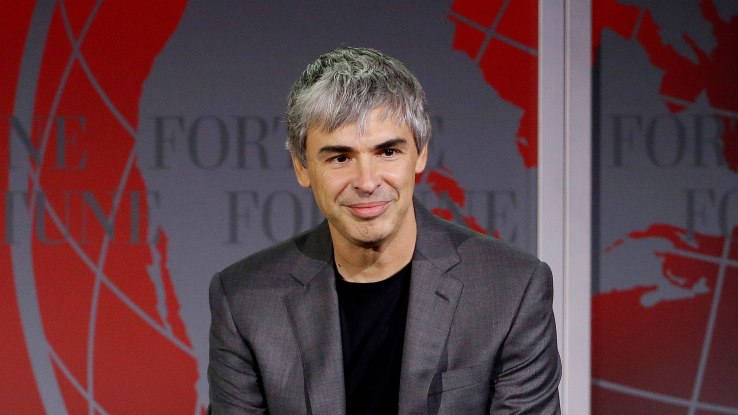

While Alphabet’s core advertising business has often been questioned as the net value of its ads has been in decline, there’s one thing that’s hard to argue — it’s still one of the biggest technology businesses in the world, and it’s still growing. And it’s growing very quickly.
Alphabet reported a second quarter that continued tech’s hot streak today, handily beating Wall Street’s expectations and boosting its shares by as much as another 5 percent. Google reported earnings per share of $8.42 on revenue of $21.5 billion. Analysts were expecting earnings of $8.03 per share on $20.76 billion in revenue. (Again, that 5 percent may seem small, but that’s adding tens of billions in value to the company.)
In the context of Facebook, it’s definitely not growing at that same rate as its rapidly growing mobile advertising competitor. Facebook’s revenue grew nearly 60 percent year-over-year as part of its last earnings report. But the difference in the revenue the companies produce is staggering, and it says a lot about Alphabet’s business that it can continue to grow at the rate it is. Facebook is a younger company and was able to deliver $6.4 billion in revenue the last quarter, but it’s still dwarfed by Alphabet.
In fact, Alphabet’s growth rate may actually be accelerating. In the second quarter last year, Alphabet’s revenue had risen 11 percent year-over-year. This time it’s up 21 percent year-over-year compared to the second quarter of 2015. This shows that Alphabet’s strategy of offsetting its declining advertising value with a huge increase in volume — as is necessary with the increasing shift of usage to mobile devices — appears to be working.
That big surge in its advertising revenue was a result of increasing use of search on mobile devices, according to CFO Ruth Porat on the earnings call. That means Google can continue to show search ads, its sweet spot, in front of more and an increasing number of eyeballs than its traditional desktop search ads business.
And even as Facebook’s advertising business is growing, so too is Alphabet’s. Perhaps that’s even a signal that the advertising businesses can coexist in the same ecosystem. Google can also lean on the strength of its machine learning capabilities to develop new ways to grow its advertising business through products like its own bots and its voice assistant tools.
For the past year, Alphabet has been nipping at Apple’s heels. At moments Alphabet has overtaken Apple as the most valuable company in the world. It’s an interesting phenomenon, given the companies are still quite different, but shows how these large companies are on a slight convergence pattern. Alphabet is a software and services company that’s dabbling in hardware in an attempt to diversify its revenue. Apple, a hardware company, is making a strong push into its services to do much the same.
And, to no surprise, both companies continue to print money — yet both are in an interesting position in where their traditional businesses are being challenged. While Apple’s iPhone sales slow, Google’s cost-per-click — a key metric of performance for its ads — continues to decline. That means the value of each ad, the backbone of its business, is starting to drop off and it has to find a way to replace that with a larger volume of ads on mobile devices.
Last quarter, the company reported $17.7 billion in revenue, which means that even as its cost-per-click is still declining (it’s down another 7 percent this quarter compared to the same year over year), it’s clearly continuing to build a huge advertising business that’s growing at a very clear clip. That strategy appears to be working, as Alphabet said the number of paid clicks (its ads, basically) rose 29 percent this quarter from the same one a year ago.
Alphabet’s “other bets” division, which consists of companies like its smart thermostat maker Nest, is also growing. Its revenue nearly doubled year-over-year in the second quarter. But even amid that, the division cost Google nearly $900 million in burn this quarter. Diversifying revenue streams is a difficult process — and one that’s still in its relative infancy for Alphabet — and the company needs to figure out how to distill some real value from that division.
In other words, the situations and challenges both companies face as the two biggest technology companies in the world aren’t all that different. Google, while up dramatically on the year, has faced a rocky couple of months, much like Apple. For Google, the upstart that is causing it to face a bit of an existential crisis is Facebook — which has locked down an incredibly successful mobile advertising strategy, while Google’s is still a perpetual work in progress.
Facebook isn’t the only company it is facing off against. Alphabet is developing its own cloud services, and its “other revenue” section — where it buckets together its cloud services and others like Google Play — jumped 33 percent to $2.1 billion in revenue. Amazon is, of course, way ahead of Alphabet as a cloud provider with $2.9 billion in revenue this quarter, and it’s hard to divine exactly where Google’s cloud business is, but it seems clear that the company’s investments in other kinds of services is growing.
Basically, while Alphabet is still an advertising company, it’s increasingly facing off against the entirety of the tech universe. And it’s able to continue placing big bets on those other ventures thanks to the strength of its increasing mobile advertising business.
Reality eventually set in, with the stock settling up around 3 percent in extended trading. Of course, that’s more than $10 billion in value. But it seems clear thus far that Wall Street is satisfied — maybe more so after today — in the company’s strategy as it shifts its advertising business to suit a very different landscape.
Featured Image: Jeff Chiu/AP

